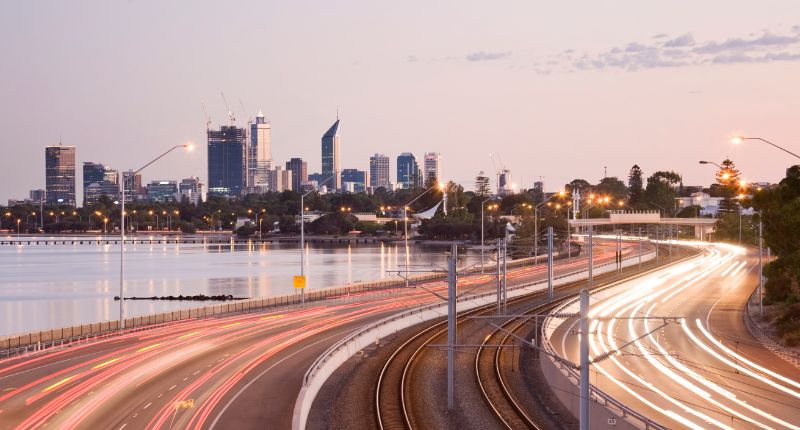- The Duties Amendment Bill was introduced to WA parliament in August this year.
- Properties under $650,000 will receive a 100% stamp duty exemption under the proposal.
- Construction challenges are another key issue for the property sector.
Written by Lily Chong, director of IQI WA, recognised by REIWA as WA’s Top Project Marketing Company.
The recent stamp duty exemptions bill, introduced by the Western Australian government, for off-the-plan apartment purchasers is undoubtedly a step in the right direction. However, even if Parliament enacts them, these reforms will hardly dent young people’s housing problems in Perth.
The stark reality? There simply are not enough homes available on the market.
New stamp duty regulations
In August, the government introduced a bill with these critical provisions:
- 100% stamp duty exemption for properties valued up to $650,000, up from the previous $500,000 threshold.
- A sliding scale of concessions for properties valued between $650,000 and $750,000. The rebate diminishes by 0.05% for every $100 in dutiable value above $650,000.
- A flat 50% concession for properties valued at or above $750,000, up from the previous $600,000 limit.
These proposals are the right thing to do. I support them and encourage the government to enact the bill. However, they do not address the root issue.
The real cost of construction: A barrier for new buyers
The need for housing far outstrips supply. Though conventional wisdom suggests that rising interest rates should dampen demand, we have observed the opposite. More renters are disenchanted with the rental market and are opting to buy.
Yet, we cannot build enough new homes because doing so has gotten too expensive. The cost of building new homes has skyrocketed during the pandemic and is still climbing today.
A recent example brought to our attention is a developer’s project that was initially estimated at $13 million. However, the latest construction cost estimates have surged to $31 million. That works out to an increase of about $475,000 per residence. The pressing question is:
How can developers or prospective buyers realistically absorb such a substantial cost escalation?
When construction is as expensive as that, fewer projects get built. Those that do are, by necessity, targeted to premium buyers with higher budgets than the typical first-home buyer.
The crux of the problem: Lack of homes to buy
The drop in the number of available properties is alarming. According to REIWA, listings have plummeted 38% from last year. The data reveals around 5,000 current listings compared to over 8,000 the previous year.
To compound the issue, eight months ago, REIWA reported that the number of listings had descended to its lowest since 2010.
Rethinking entry points: The case for apartments
Often seeking their initial foray into the property market, young buyers should not overlook apartments as a viable, cost-effective option, especially when they are more affordable than houses. However, the relatively high ongoing costs associated with apartment living, such as strata fees, can be a deterrent.
In this context, governmental intervention could be invaluable. Since apartment complexes house more residents on the same land parcel, they generate increased revenue from local council fees and water rates. I think there is a compelling case for reducing these charges. By doing so, apartments can become even more attractive for first-time buyers, effectively broadening access to the housing market.
What do first-home buyers really need?
Building new homes is more challenging and costly than ever, and we need solutions that meet these challenges head-on.
While there is no single panacea, several measures are under discussion for providing affordable and high-quality new homes to Western Australians, including:
- Streamline the planning and approval process for quicker, more predictable outcomes.
- Offer tax incentives or subsidies to developers who focus on affordable housing to offset some of the increase in construction costs.
- Modify zoning to increase density allowances in certain areas to allow more units to be built on a single plot of land, thereby reducing the cost for each new unit.
- Encourage the transformation of viable commercial buildings into residential units.
- Invest in infrastructure and transportation to create new residential zones with more available developable land.
We need an open and inclusive public dialogue to ensure housing affordability for all Western Australians.








